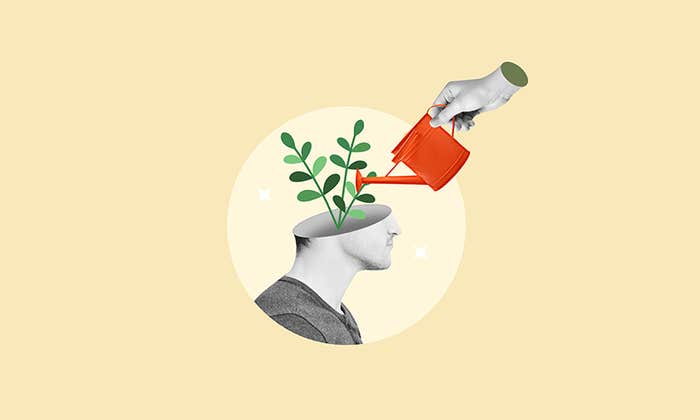Green is the color of growth in the plant world. From an aerial view, most farms blanket the land in quilts of varying shades of green. But what if the stems and leaves of your average corn, barley, and rice plants were hairy and blue instead? One team of scientists thinks it could help make farms more sustainable.
Here’s why. Climate change is placing stressors on traditional crops. Many wild varieties are more resilient to environmental shifts, more efficient at nutrient and water use, and more nutrient-dense. So some breeders recommend editing the genomes of wild varieties that already have these desired stress resistance and nutritional qualities to increase their yields and palatability. But the new crops would present a challenge for weeding—they would be difficult to distinguish from their wild and weedy counterparts, especially at early stages in their growth.
The future may include small lawnmower-sized robots moving back and forth over crop fields like roombas.
Michael Palmgren, a biologist at Copenhagen University, says we could solve this secondary problem by also altering the plants’ genomes to express certain pigments already found in many plants—such as anthocyanins, which make blueberries blue, or carotenoids, which make carrots orange—as well as novel textures. This would make it easier for farm robots to visually distinguish them from weeds—without resorting to toxic herbicides.
“We have weeding robots,” says Palmgren—though they still need to be perfected. “We have new genomic techniques. And we have artificial intelligence,” he says. “Why not combine those three and then we can get manual removal of weeds at a very early stage?” Palmgren and his colleagues published their proposal in a new paper.
Palmgren says the future may include small lawnmower-sized robots moving back and forth over crop fields like roombas, removing weeds but leaving the desired crops intact. Machines could use spectroscopy to “see” the funky colors of the crops, and deep learning algorithms could help guide them to identify individual plants from one another.
In principle, scientists could turn an entire plant blue—but that would probably interfere with photosynthesis, says Palmgren. Instead, the team is investigating changes to the color of a plant’s stem, or other changes in shape and texture, adding small hairs, for instance, which could be made through engineered mutations.
Palmgren is optimistic—he points out that early agriculture selected wild plants like wheat, barley, corn, and rice that looked very different from modern crops. Through years of selective breeding, they were able to create bigger and more nutritious versions that now sustain billions of human appetites. The same could happen in selective breeding of hardier, color-coded crops.
Colors could also improve crops in other ways beyond helping robots weed more efficiently. Research suggests anthocyanin can help humans gain resistance to infections and other environmental stressors, while carotenoids are a source of provitamin A in the human diet.
Humans likely would not notice the mutant crop changes visually, Palmgren says. But their diets and bodies could benefit. “We think it’s something we need to consider now.” ![]()
Lead image: MONOPOLY919 / Shutterstock




























